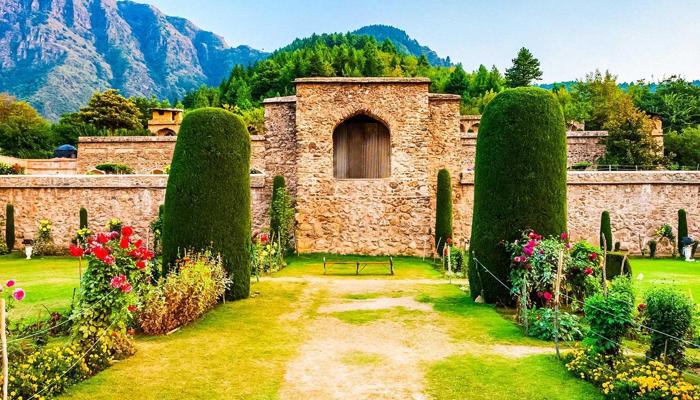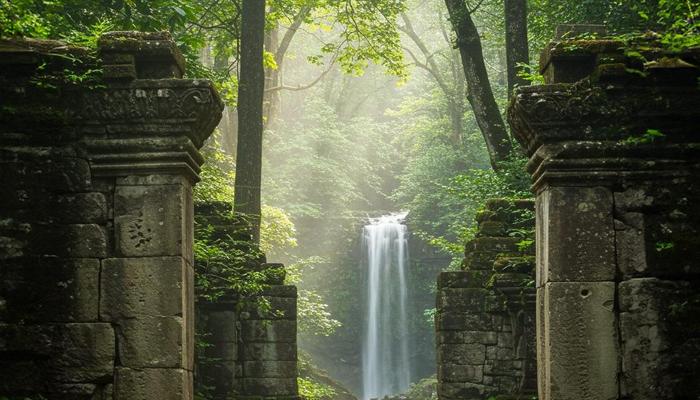Discover the Enchantment of Mughal Gardens: 6 Must-Visit Landscapes! Explore the beauty and history of these stunning gardens
India, a land of vibrant colours and rich history, boasts a treasure trove of Mughal
Gardens, each a testament to the artistic brilliance and sophisticated aesthetics of the Mughal emperors.
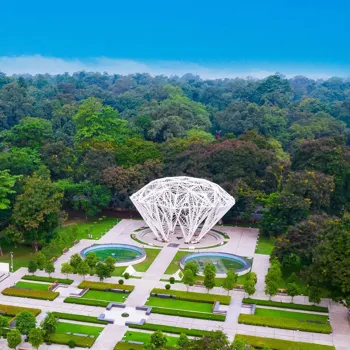
These gardens, inspired by Persian designs, are characterized by their symmetrical layouts, flowing water channels, fragrant flowers, and lush greenery, creating a serene and picturesque escape from the hustle and bustle of city life.
If you're looking for a tranquil retreat and a glimpse into India's glorious past, these six Mughal Gardens are a must-visit!
Shalimar Bagh, Srinagar: The Abode of Love
Nestled on the banks of the Dal Lake in Srinagar, Jammu and Kashmir, Shalimar Bagh is arguably the most famous and magnificent of all Mughal Gardens. Emperor Jehangir built this garden in 1619 for his beloved wife, Nur Jahan, and it truly lives up to its name, which translates to "Abode of Love.
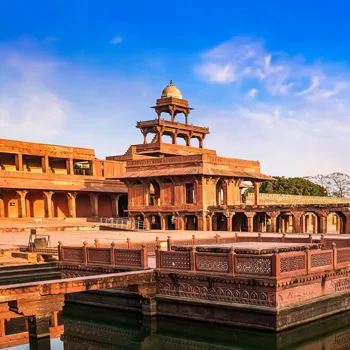
” Imagine strolling through its terraced lawns adorned with vibrant flowerbeds, as the cool breeze from the lake whispers through the ancient chinar trees.
The garden's stunning water channels, lined with polished stones and illuminated by fountains, create a mesmerizing spectacle, especially during the evening hours.
Don't miss the Diwan-i-Aam (hall of public audience) and the Diwan-i-Khas (hall of private audience), architectural marvels that offer a glimpse into the Mughal court. Experience the romantic aura and timeless beauty of Shalimar Bagh, a true paradise on earth.
Nishat Bagh, Srinagar: The Garden of Bliss
Also located in Srinagar, Nishat Bagh, meaning "Garden of Bliss," is another breathtaking Mughal garden that offers panoramic views of the Dal Lake and the snow-capped Zabarwan mountains.
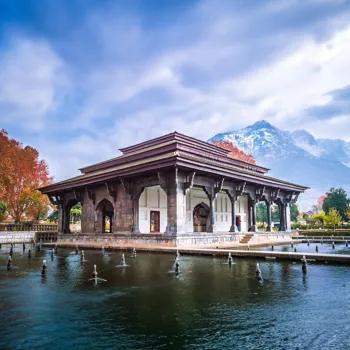
Built by Asif Khan, Nur Jahan's brother, in 1633, this garden is known for its twelve terraces, representing the twelve zodiac signs. Each terrace is adorned with a unique variety of flowers and plants, creating a vibrant tapestry of colors and fragrances.
The central water channel flows gracefully through the terraces, with fountains and cascades adding to the garden's charm. Spend an afternoon exploring the different levels of Nishat Bagh, immerse yourself in the beauty of nature, and feel the bliss that its name suggests.
It's an ideal spot for photography enthusiasts and those seeking a peaceful escape.
Pinjore Garden, Haryana: A Mughal-Rajput Fusion
Unlike the gardens in Kashmir, Pinjore Garden, located in Haryana, showcases a beautiful blend of Mughal and Rajput architectural styles. Originally built by the Mughals, it was later renovated and expanded by the Rajput rulers of Patiala.
The garden is divided into seven terraces, each with its own unique features, including palaces, water bodies, and lush greenery. The Sheesh Mahal (Palace of Mirrors) is a major attraction, reflecting the beauty of the garden in its intricate mirror work.
The Rang Mahal (Painted Palace) is another architectural gem that displays vibrant murals and intricate carvings. With its serene atmosphere and historical significance, Pinjore Garden offers a unique cultural experience, showcasing the harmonious fusion of two distinct architectural traditions.
Agra Fort Gardens, Uttar Pradesh: A Royal Retreat
While the Agra Fort is renowned for its majestic architecture and historical significance, its gardens also deserve special mention. Within the fort complex, you'll find several beautifully manicured gardens that offer a respite from the bustling city outside.
The Anguri Bagh (Grape Garden) is one of the most prominent, known for its symmetrical layout and lush greenery. Other notable gardens include the Mehtab Bagh, which offers stunning views of the Taj Mahal across the Yamuna River, and the Ram Bagh, believed to be the oldest Mughal garden in India.
Exploring these gardens within the Agra Fort allows you to experience the grandeur of the Mughal era while enjoying the tranquility of nature.
Khusro Bagh, Allahabad: A Garden of Remembrance
Khusro Bagh in Allahabad, Uttar Pradesh, is a unique Mughal garden complex that houses the tombs of Emperor Jahangir's eldest son, Khusro, his sister, and Jahangir's Rajput wife.
Unlike other Mughal gardens designed for leisure and recreation, Khusro Bagh serves as a somber reminder of the Mughal dynasty's internal conflicts. The tombs, with their intricate carvings and detailed murals, are architectural marvels that showcase the craftsmanship of the Mughal era.
Surrounded by lush gardens and towering trees, Khusro Bagh offers a peaceful and reflective atmosphere. It's a place to contemplate history and appreciate the artistic legacy of the Mughal period.
Yadavindra Gardens, Pinjore:
Known as Pinjore Gardens, showcases a blend of Mughal and Rajput architecture. It's serene terrace are a great escape from the busy hustle bustle city.
These six Mughal Gardens represent just a glimpse of the architectural and artistic legacy left behind.
A visit to these gardens is sure to leave you mesmerized, offering a tranquil escape and a deeper appreciation for India's rich history and cultural heritage. So plan your trip, pack your bags, and get ready to explore the enchantment of Mughal Gardens!
